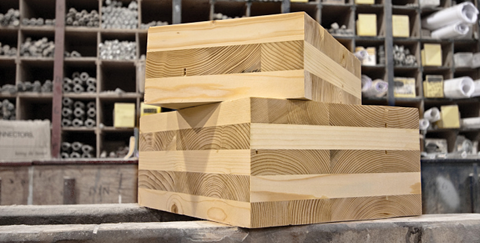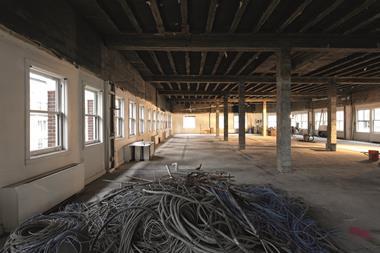Government ministers need to be very careful in their approach to offsite construction (OSC).

It is not something to shoehorn into one of their existing schemes.
This viable solution to the housing shortage should be approached with fresh eyes and the private sector should develop production line techniques in multiple factories around the UK, particularly where there is an economic downturn or higher unemployment. Ideal places for factories are disused steel mills or other unused industrial sites.
OSC is not new - commercial buildings have been created this way for many years. It is time to learn from this experience and understand that building homes in factories and delivering the finished product to pre-prepared land means the quality goes up, because of the controlled manufacturing environment, and the time to delivery goes down because the land is prepared in parallel with the building being manufactured.
Can offsite construction contribute to the next generation of housing? Join the debate at RESI 2016
I also advise caution about the technology used. L&G is using cross-laminated timber, which, while strong, might not be the best way to go.
Hybrid steel frame and timber modules offer a better, more flexible and ecologically sound solution - standardised modules can be created on production lines and customised to become different parts of the building. Assembly-line technology must be used to achieve the volumes and quality required.
If the UK focused on becoming a viable mass production specialist of OSC housing, we could also export quality homes to the rest of the world.
Carl Henry, chief executive, Carl Henry Property































No comments yet